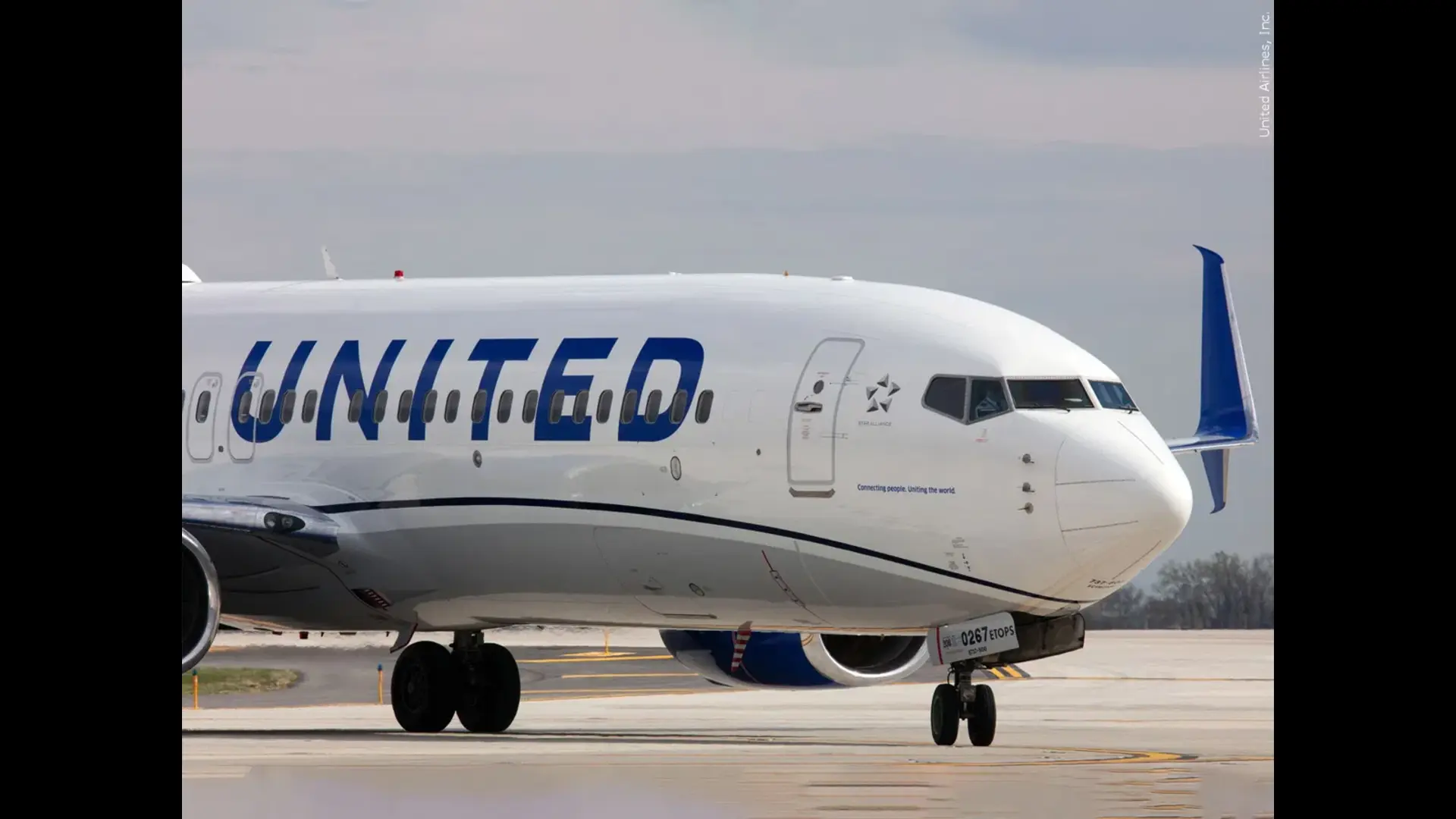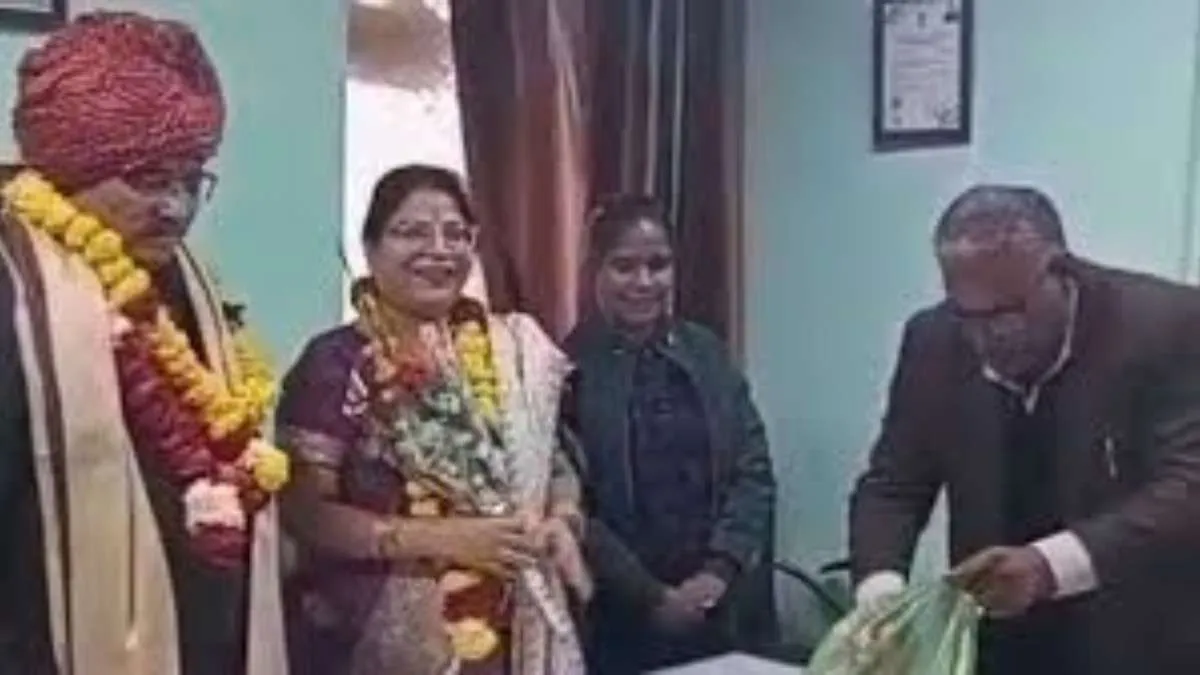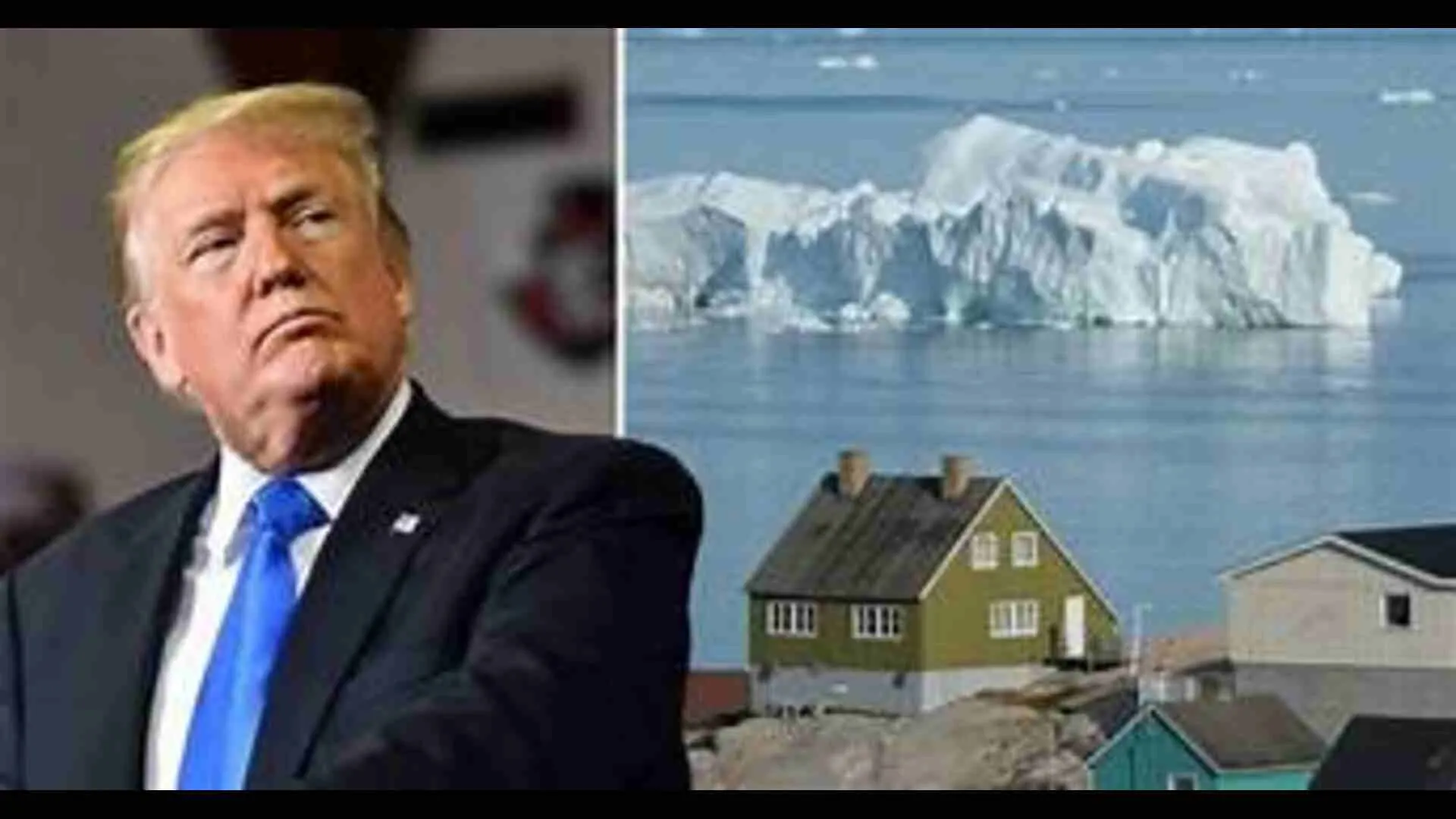The tourism scenario in Madhya Pradesh in the summer of 2004 was dismal. Despite its amazing bouquet of tourist destinations and cultural offerings it was nowhere in the front league of tourism in the country. The tourism corporation that was mandated with the task of developing tourism was in a state of despondency. Yet, a beginning had to be made.
Ashwani Lohani, an IRSME (Indian Railway Service of Mechanical Engineers) officer took over as Managing Director of Madhya Pradesh Tourism Development Corporation in 2004. He started with cleaning up and improving the upkeep at the headquarters and then all other establishments and inculcating a sense of pride in the staff who were the real heroes of the revival effort. The task was accomplished in three stints.
The longest of the three stints began in June 2006 with an agenda to shift to the swanky ‘Paryatan Bhawan’ that got almost completed during his first tenure but remained unoccupied perhaps because it was too suave for a sarkari corporation.
The first major issue that stared was the outstanding food cost recoveries from a majority of unit managers including the flagship ‘Palash’. Waiving of the undue and unjust recoveries led to a wave of enthusiasm in the corporation. Simultaneously, the drive for improving probity in public life by focusing on eradication of corruption, drinking on duty and sexual harassment was also started. A very unique step was organizing ‘Transparency Conferences’ that focused on corruption in the corporation in an open forum attended by all the stakeholders. The first such conference had a major impact and the future conferences helped in living up to the momentum of the pace set by the first. The Laxman Rekha was clearly drawn.
Empowerment of officials was an exercise that was exhaustively carried out in the first tenure. Powers were delegated to the field. These instructions were compiled in the form of a handy reference booklet. This unleashed the potential of the team besides freeing the MD from the mundane. It enabled him to focus on visionary issues that had a bigger impact.
Next on the agenda was the dream project of creating the world’s first broad gauge rail coach restaurant. A condemned second-class coach was acquired and ‘Shan-e-Bhopal’, the pride of Bhopal was inaugurated by the Chief Minister at a grand ceremony. This creation was conferred with the national tourism award in the category of the most innovative tourism project of India.
Meanwhile, the efforts to improve the hotels, restaurants, offices and other properties of the corporation continued. Palash, the flagship hotel in Bhopal was indeed a story of a crow turning into a swan. These measures led to rising turnover and lowering of the operating ratio. Soon, all properties, almost a hundred of them became as swanky and as efficient as the best in the private sector. The rapid rise in revenues, in some cases almost a hundred times like in the case of Dodi, a wayside eatery on the Bhopal Indore road and the Wind and Waves restaurant in Bhopal made interesting case studies.
One of the major responsibilities was the branding of the state as a tourist destination. A new logo and the “Hindustan Ka Dil” campaign in TV, Radio and print media gave tremendous visibility. It was backed up by solid work on the ground. Sweeping creativity and innovation in the form of new light and sound shows, special exhibition buses, Disney style sight-seeing buses, mobile restaurants, tourist guidance technologies etc. added to the icing on the cake.
The focus was on growth. New properties like the regional office at Indore, the hotel at Burhanpur, Dodi and Mandsaur, the new resorts at Pachmarhi, the new dhaba at Bheembetka, were all glowing examples of the new work culture at the corporation that stood for excellence in aesthetics, quality and service. At Bargi, Delawadi, Halali, Kerwa and Tawa, the almost-dead irrigation rest houses were transformed into swanky resorts. Simultaneously, water sports were activated in a big way. While the big lake at Bhopal was turned into the most popular entertainment spot of the city with power boats, water scooters and a cruise, smaller lakes at way-off places were also activated with cruises, power and pedal boats. Creation of ‘Baaz’, a centre for adventure sports on the outskirts of Bhopal and similar establishment at Pachmarhi gave a major push to adventure tourism.
Besides commercial properties, the Corporation’s foray into building basic tourist infrastructure was also attracting attention. Many ‘ghats’ of the state were rebuilt and access improved to religious tourist destinations. New roundabouts, last mile roads and shelters for tourists also came up at numerous locations. However, the one single action that gave tremendous visibility all over the state, besides being of immense help to the tourists at large, was the provision of directional and informative signages across the length and breadth of the state. While the rest of the states were merely discussing the need for signages at various forums, it was done in style, substance and numbers in MP.
Work on the dream project of creating the finest city tourist destination of its kind in the country, on a ten-acre piece of land within the city of Bhopal, also began in right earnest. Named ‘Sair Sapata’ the access to this place was through a suspension bridge and a glass frontage restaurant with a bar that had walls and floor of glass. A musical fountain, toy train, numerous eating kiosks and a well-landscaped pathway made this place a unique tourist attraction for residents as well as the roving tourist. And, the out of the world creation of a new tourist destination comprising water sports and resort on the backwaters of Narmada near Khandwa did much to create a new image for the state.
The team that transformed the face of tourism in the state was looked after. Their housing, transport and entertainment related issues were resolved. They were given dignity, pride and recognition for good work. The favour was returned with performance in abundance.
With the house almost in order, the need to bring in the private sector in a big way was appreciated. An investors’ guide, land bank booklet and guide for heritage hotels were produced. Substantial entry of the private sector in the hospitality arena bears testimony to these efforts.
Ashwani Lohani and his team demonstrated that despite the problems, it can be made-to-happen in the government through dedication and commitment, risk taking ability, impeccable integrity, focus on delivery, innovation, ground connect and above all belief in the tremendous potential of the human resource.
Anil Swarup has served as the head of the Project Monitoring Group, which is currently under the Prime Minister’s Offic. He has also served as Secretary, Ministry of Coal and Secretary, Ministry of School Education.













